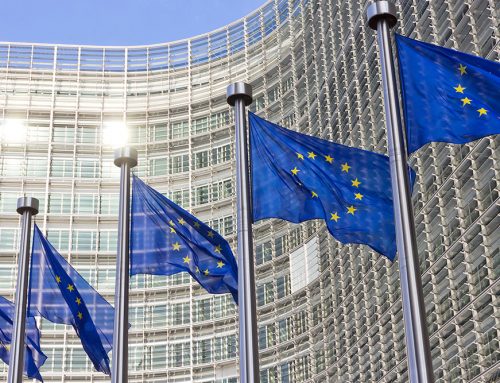Discussing cancer related issues is never easy. At the same time, given that the disease is still the second leading cause of death in the EU, there is a constant need for a robust, well informed response to it in order to contribute to the prevention, early detection, and adequate treatment.
The European Cancer Information System (ECIS) website launched on the occasion of World Cancer Day by the Joint Research Centre (JRC), the European Commission’s in-house science and knowledge service, allows experts and practitioners to explore geographical patterns and trends.
It gathers data from around 150 European population-based cancer registries covering 25 EU Member States and 7 non-EU European countries providing valuable information on howwell national cancer programmes are actually working, and address shortcomings.
Vytenis Andriukaitis, Commissioner for Health and Food Safety, highlighted: “Reliable data is an important aspect of the EU’s approach to cancer, along with tackling risk factors such as tobacco, alcohol, pesticides and pollution, screening for diagnosis and treatment, research, and connecting expertise through the European Reference Networks and joint actions “.
“The European Cancer Information System is an excellent example of our support for decision-makers and researchers across the EU and beyond. It allows for the assessment and monitoring of the disease across regions and countries, following trends over time and helping to gather information that could lead to a further decrease of cancer rates.” explained Tibor Navracsics, Commissioner for Education, Culture, Youth and Sports, responsible for the Joint Research Centre.
EU has been supporting research to fight cancer since 1985 through its research and innovation programmes. These efforts focus on developing patient-oriented strategies to prevent, cure and help people live with cancer. With funding totalling €2.4 billion since 2007, European #cancer research has been leading personalised medicine approaches and efforts to understanding cancer biology as well as better prevention, treatment and care solutions



